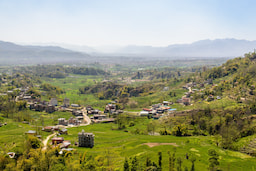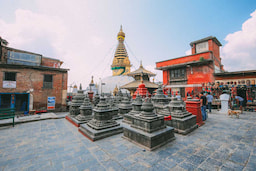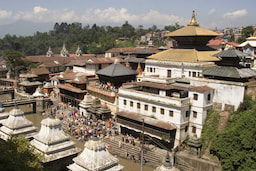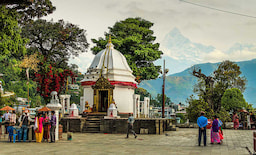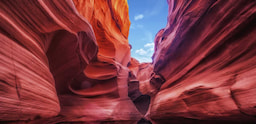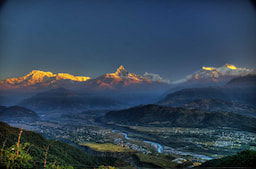- Home
- International Tour Packages
- Nepal
- Scenic Beauty Of Nepal(By Fly)
Scenic Beauty Of Nepal(By Fly)
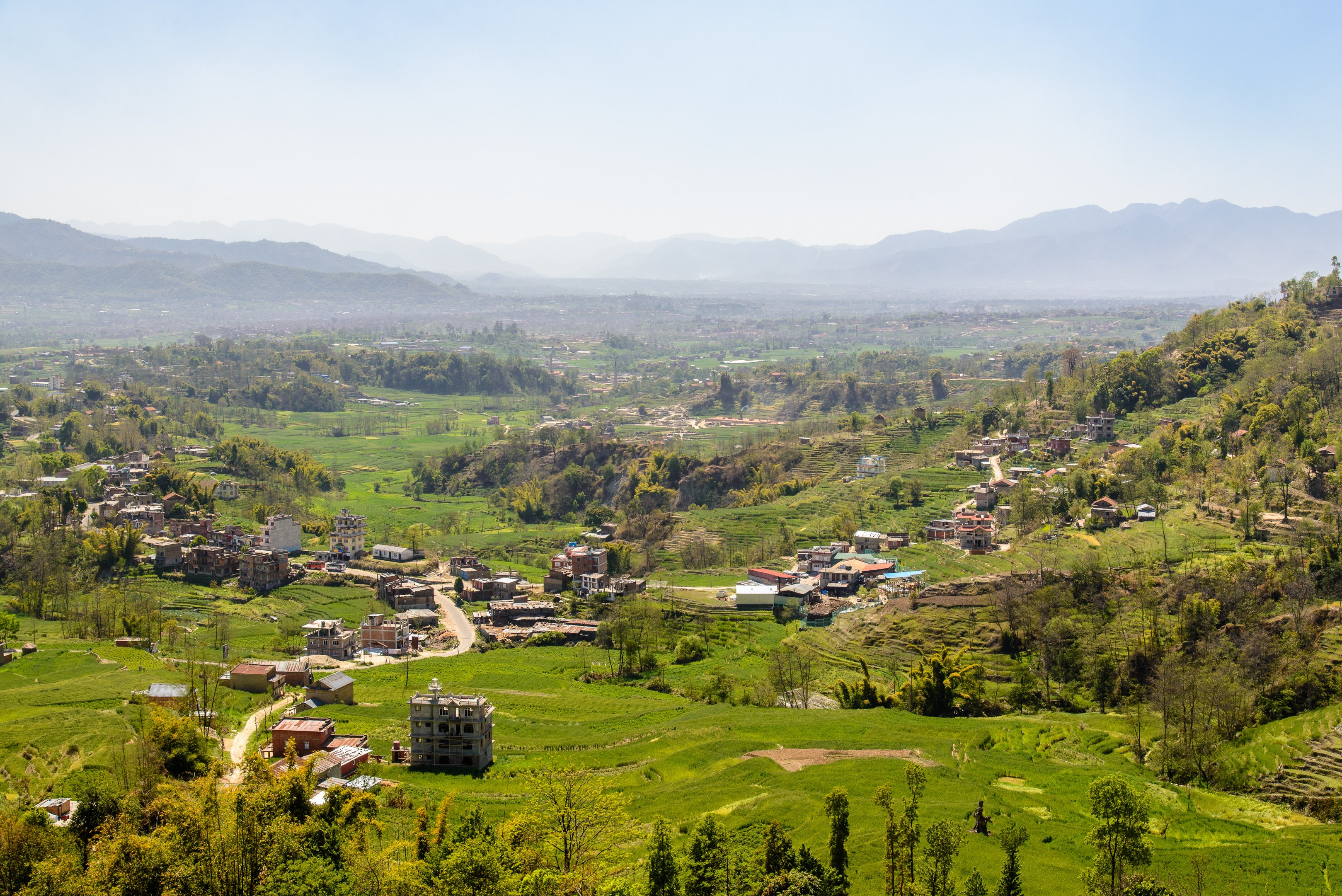
Cities : Kathmandu (2N),Pokhara (2N),Kathmandu (1N)
Sightseeing
- Pashupatinath Temple
- Boudhanath Stupa
- Kathmandu Durbar Square
- Swayambhunath Stupa (Monkey Temple)
- Bindhyabasini Temple
- Davi's Fall
- Gupteshwor Mahadev Cave
Meals
- 5 Breakfast
- 5 Dinner
Day wise travel itinerary
- Day 1 :Kathmandu
Arrive Kathmandu. On arrival at Tribhuvan International Airport Kathmandu, you will be met and greeted and transferred to hotel.
Welcome to an ancient Himalayan Country that offers a fascinating culture, incredible scenery, very warm and friendly people, great trekking opportunities, and a whole lot more. With the exception of congested Kathmandu, Nepal have charming, laid back cities and towns, along with picturesque wildlife parks that are home to many endangered species. The unfortunate picture (of the effects of the 2015 earthquake) painted by the media, like much of what they do, is severely exaggerated. For example, the three ancient temples, all UNESCO World Heritage sites, in Kathmandu received very little, or no,damage. The three Durbar Square’s (all of which are also UNESCO World Heritage Sites) in the queen cities of the Kathmandu Valley did receive heavy damage, but most of their monuments are still standing and still provide wonderful insights into the local culture. Evening: Enjoy sightseeing tour of Kathmandu Durbar Square and Swoyambhunath.
Kathmandu City: Kathmandu, the capital city of Nepal, is one of the world’s oldest cities. It is also known as Kantipur. Here one can find distinctive pagoda roofed temples, stone sculptures, and old monasteries and histories monuments. Here you will visit the temple of the Living Goddess, who acknowledges the greetings of devotees from the balcony of here temple residence Kasthamandap the source of the name Kathmandu and supposed to be made from the timber of a single tree and Durbar Square are with its array of temples overlooked by the Hanuman Dhoka Palace, the ancient place of the former Nepalese Royalty.
Kathmandu Durbar Square: This complex of palaces, courtyards and temples, built between 12th and 18th Centuries, used to be the seat of ancient Malla Kings of Kathmandu. It is the place where kings of Nepal are crowned and their coronations solemnized. An intriguing piece here is the 17th century stone inscription set into the wall of the palace with writings in 15 languages. Kumari Temple: Kumari temple is the residence of the Living Goddess. Kumari, known as Virgin Goddess has got some specialties, she must be chosen from a typical Newari cast with no body marks & injuries & will be replaced by another Kumari after puberty. Kasthamandap: Kasthamandap is believed to be constructed from the wood of a single tree in the sixteenth century situated near to the Kumari Temple. The name Kathmandu was named after this
Swoyambhunath: The four seeing eyes of Swoyambhunath Stupa watch over the valley from the top of 77-m high hillock on western side. This most glorious Stupa in the world is one of the holiest Buddhist sites in Nepal and its establishment is linked to the creation of Kathmandu valley out of a primordial lake. The surroundings of the Swoyambhunath are covered with small Chaityas & monasteries as well as some Hindu temples. The National Museum and the Museum of Natural History are situated at the foot of the hill. Overnight stay at hotel in Kathmandu.- Dinner
- Day 2 :KathmanduEarly morning, enjoy Mount Everest Scenic Flight Tour of one hour (optional).
Today enjoy a tour of Pashupatinath, Boudhanath, Patan Durbar Square.
Pashupatinath Temple: Pashupatinath is the holiest Hindu pilgrimage destination in Nepal. There are linga images of Shiva along with statues, shrines, and temples dedicated to other deities in the complex. A temple dedicated to Shiva existed at this site in AD 879. However, the present temple was built by King Bhupatindra Malla in 1697. A gold plated roof, silver doors, and woodcarvings of the finest quality decorate the pagoda construction. Guheswari Temple, restored in AD 1653 represents the female "force". It is dedicated to Satidevi, Shiva's first wife, who gave up her life in the flames of her father's fire ritual.
A circuit of the Pashupatinath area takes visitors past a sixth century statue of the Buddha, an eighth-century statue of Brahma the creator and numerous other temples. Some other places to visit are Rajrajeswari Temple, built in 1407, Kailas with lingas more than 1,400 years old Gorakhnath temple, and the courtyard of Biswarup. There are rows of Shiva shrines and Hindu pilgrims from all over South Asia offering puja worship to Shiva, tile Lord of Destruction. The Bagmati River flows close by and the Arya Ghat cremation grounds are here. We strongly advise photographers not to take photos of cremations and of bereaved families. Sadhus, sages who follow the lifestyle of Shiva, may be seen covered in ashes and loin cloths. They ask for money in case you want to take their photos. The main Pashupatinath courtyard may be entered by those of Hindu faith only.
Boudhanath Stupa: Boudhanath is among the largest stupas in South Asia, and it has become the focal point of Tibetan Buddhism in Nepal. The white mound looms thirty six meters overhead. The stupa is located on the ancient trade route to Tibet, and Tibetan merchants rested and offered prayers here for many centuries. When refugees entered Nepal from Tibet in the 1950s, many of them decided to live around Boudhanath. They established many Gompas, and the "Little Tibet" of Nepal was born. This "Little Tibet" is still the best place in the Valley to observe Tibetan lifestyle. Monks walk about in maroon robes. Tibetans walk with prayer wheels in their hands, and the rituals of prostration are presented to the Buddha as worshippers circumambulate the stupa on their hands and knees, bowing down to their lord. Many people believe that Boudhanath was constructed in the fifth century, but definite proof is lacking. The stupa is said to entomb the remains of a Kasyap sage who is venerable both to Buddhists and Hindus. One legend has it that a woman requested a Valley king for the donation of ground required to build a stupa. She said she needed land covered by one buffalo's skin and her wish was granted by the King. She cut a buffalo skin into thin strips and circled off a fairly large clearing. The king had no choice but to give her the land. The Boudhanath area is a visual feast. Colorful thangkas, Tibetan jewelry, hand woven carpets masks, and khukuri knives are sold in the surrounding stalls. Smaller stupas are located at the base. Gompas monasteries, curio shops, and restaurants surround Boudhanath. Conveniently situated restaurants with roof-top patios provide good food and excellent views of Boudhanath.
Patan city(At Additional Cost): Located about 5 km south of Kathmandu, Patan is one of three royal cities in the valley. A destination for connoisseurs of fine arts, Patan is filled with wood and stone carvings, metal statues, ornate architecture, including dozens of Buddhist and Hindu temples and over 1200 monuments. Patan is believed to have been built in the third century B.C. by the Kirat dynasty later expanded and enriched by the Licchavi and the Malla rulers in the medieval period. Patan Durbar Square, like its counterpart in Kathmandu, is an enchanting mélange of palace buildings, artistic courtyards and graceful pagoda temples. The former Royal palace complex is the centre of Patan’s religious and social life, and houses a beautiful museum. One remarkable monument here is 16th century temples dedicated to the Hindu go Krishna, built entirely of stone Overnight stay at hotel in Kathmandu.- Breakfast
- Dinner
- Day 3 :Fly from Kathmandu - to - Pokhara
Kathmandu – Pokhara (Approx. 205 Kms / 7 hrs drive) Drive OR fly to Pokhara. Arrive and check into the hotel. Pokhara is a remarkable place of natural beauty. At an elevation lower than that of Kathmandu, it has much more tropical feel to it; a fact well appreciated by the beautiful diverse flowers that prosper in this environment. The enchanting city with several beautiful lakes offers stunning panaromic views of Himalayan peaks. The valleys surrounding Pokhara is home to thick forest, gushing rivers, emerald lakes and of course, the views of world famous Himalayas. The serenity of the lakes and the magnificence of the Himalayas rising behind them create an ambience of peace and magic In the evening, enjoy boat ride on Phewa Lake.
Boat ride at Phewa Lake: Spend a quiet time boating in the ultimate lake where the reflections of Mount Annapurna and Machhapuchhare range falls. You will also see a variety of fishes while boating. An island temple is located at the middle of the lake. Thick forest lies on the adjoining southern slopes of the lake. It is hard to escape the draw of Phewa Lake and any visitor with even a few spare minutes should endeavor to take a boat out on the water to fully experience the wonderful views of the reflected mountains. Overnight stay at hotel in Pokhara.- Breakfast
- Dinner
- Day 4 :PokharaEarly morning, drive to Sarangkot for sunrise excursion tour.
Sarangkot: Sarangkot is the small hilltop, which is famous for its breath taking view of sunrise and Annapurna range and Fishtail (Virgin Mountain). From here, you can see a panoramic sweep of Himalayan peaks, from Dhaulagiri (8167m) in the west to the perfect pyramid that is Machhapuchhare (6997m) and the rounded peak of Annapurna II (7937m) in the east. Most people come here at dawn or dusk, when the sun picks out the peaks in brilliant colors. After breakfast at hotel, start sightseeing tour of Pokhara City.
Devi's fall, locally known as Patale Chhango (Hell's fall), is an amazing waterfall lying about 2 km south-west of Pokhara airport on the highway to Tansen. It was named after Devi, a Swiss lady who was swept away when the floodgates were accidently opened, never to be seen again. Seti River Gorge is one of the important places to visit in Pokhara. The Seti Gandaki flows right through the city. The river flows underground at many places and up to 250 meters deep at some places. There is a local myth that the entire Pokhara valley floats on the Seti River.
Gupteswor Mahadev is a beautiful cave just opposite to David Fall. A giant stalagmite within this cave is honored as a Shiva lingam and the devout flock here to pray. Entry tickets allow you to enter the temple. For some extra money you can also obtain entry to the tunnel behind, which comes out at a wet cavern right behind the gushing Devi's fall. Once inside the cave, look up at the ceiling and you will see detritus and branches in cracks in the rock. These have actually been pushed up there by flood waters that fill the cave during the monsoon.
Bindabasini Mandir is of great religious importance to Hindus living in the Pokhara region. It is a vital hub of religious fervor. The temple itself is dedicated to the Hindu goddess Durga, who is Pokhara’ s chosen guardian deity. Durga, also known as Shakti or Kali has numerous manifestations and at the Bindabasini temple she is seen as Bhagwati, a blood-thirsty aspect of the goddess. Durga appears in the form of a Saligram. A Saligram according to Hindu mythology is a propitious stone. It is said that the temple was created after the goddess ordered king Khadga Bum Malla to set up her statue here. The Bindabasini temple was then founded in BS 1845. Since its establishment Bhagwati has been an object of worship here on a daily basis. Animal sacrifices are typically presented at the temple on Saturdays and Tuesdays. The Hindu festival of Dashain sees large numbers of believers coming to offer sacrifices at Bindabasini Mandir. Indeed, there is little space for tourist during the festival of Dashain.
International Mountain Museum : Mountains and mountaineering have a history of their own. Without preserving it, it will not be long before all the records and evidences will be lost forever. Nepal Mountaineering Association (NMA), established on 1 Nov 1973, initiated the establishment of International Mountain Museum (IMM) in Pokhara. The basic objective for its establishment was made to record, document and chronicle the past and present development of mountaineering activities in the world in general and to preserve the saga of the momentous feats in the history of mountaineering in the Himalayan peaks in particular. The foundation stone of IMM was laid on 1 Dec, 1995. The soft opening of IMM took place on 29 May, 2002 where it was officially opened on 5 Feb, 2004. Nepal's eight thousand meter high peaks records names of thousands of successful summiteers until now but its With an objective of maintaining systematic records of the successful eight thousanders geographic flora and fauna and human activities in the range, the International mountain Museum has been established at the foot step of fishtail peak and gate way to the mountain region. The shape of the museum roof it self resembles mountain skyline to any visitor before entering the museum main gate.Overnight stay at hotel in Pokhara.
- Breakfast
- Dinner
- Day 5 :Fly FromPokhara - To - Kathmandu
After breakfast at hotel, drive OR fly back to Kathmandu.
On arrival at Kathmandu, drive to Bhaktapur for sightseeing tour of Bhaktapur Durbar Square.
Bhaktapur Durbar Square : Also known as city of devotees, Bhaktapur is the home of medieval art and architecture. Lying 14 kilometers/9 miles east of Kathmandu City this place was founded in the 9th Century and is shaped like a conch shell. The city is at the height of 4,600 ft. above sea level. In Bhadgaon, you will visit the Durbar Square with the Palace of 55 windows built by King Bhupatindra Malla. The famous five - storied Nyatapoltemple on the terraces of which stands a pair of figures two goddesses, two strong men two elephants, two lions and two griffins is the tallest temple in the valley and was built by King Bhupatindra Malla. It is one of the best examples of Pagoda styled temples. After, the Bhaktapur sightseeing, drive to hotel and check in. Overnight Stay at hotel in Kathmandu
- Breakfast
- Dinner
- Day 6 :Kathmandu
Today morning, after breakfast you will be transferred to Tribhuvan International Airport Kathmandu to board your flight back home
- Breakfast
Sightseeing

Pashupatinath Temple

Boudhanath Stupa

Kathmandu Durbar Square

Swayambhunath Stupa (Monkey Temple)
Gallery
- Pokhara
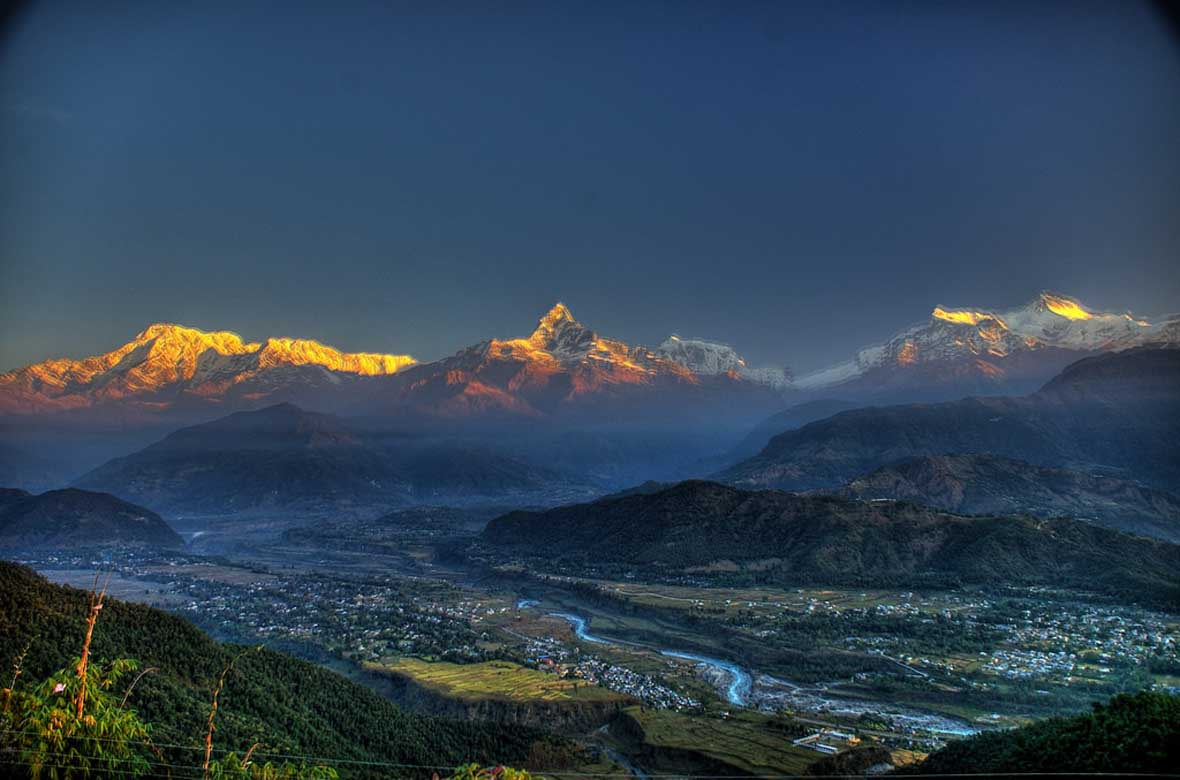
- Kathmandu
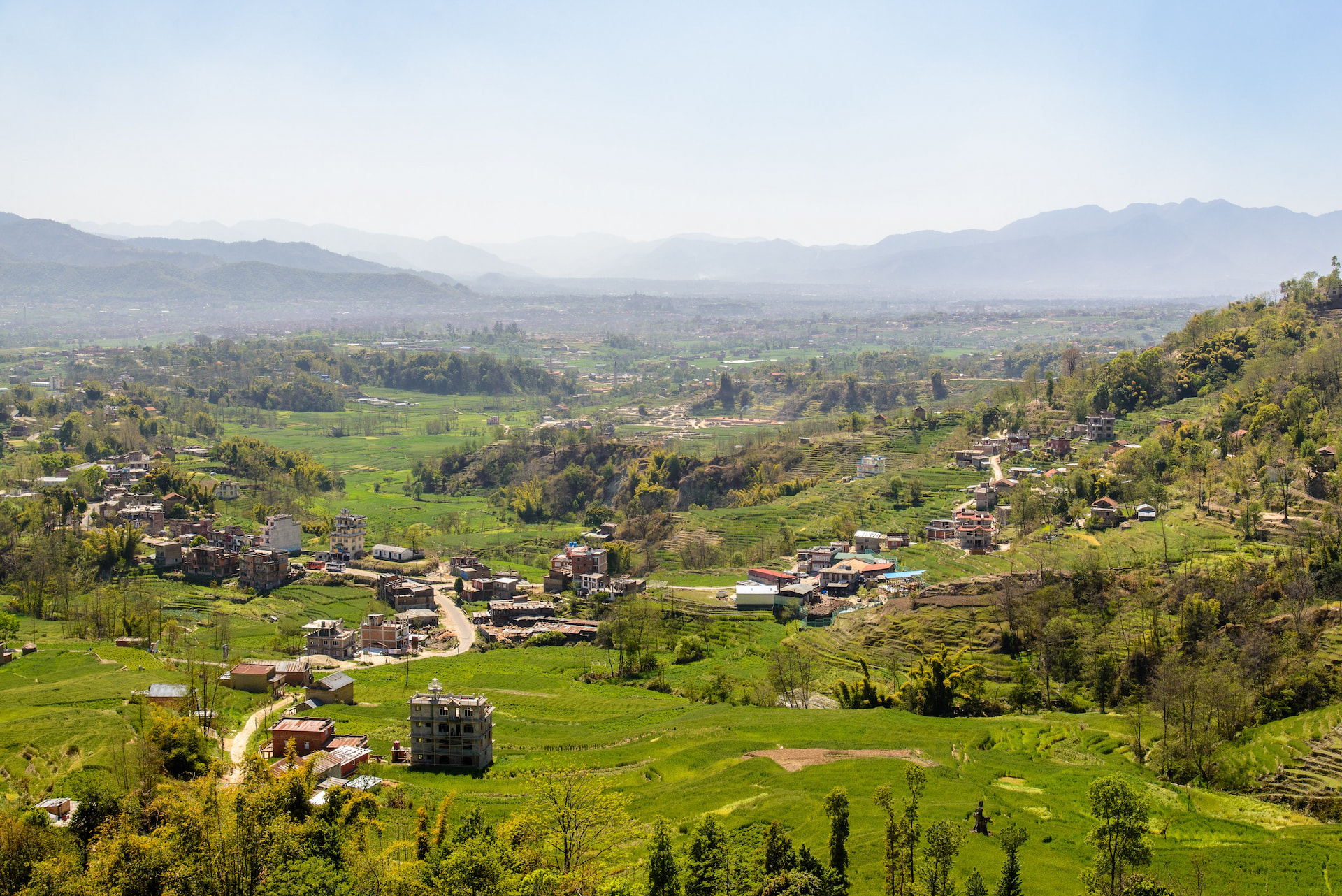
- Kathmandu
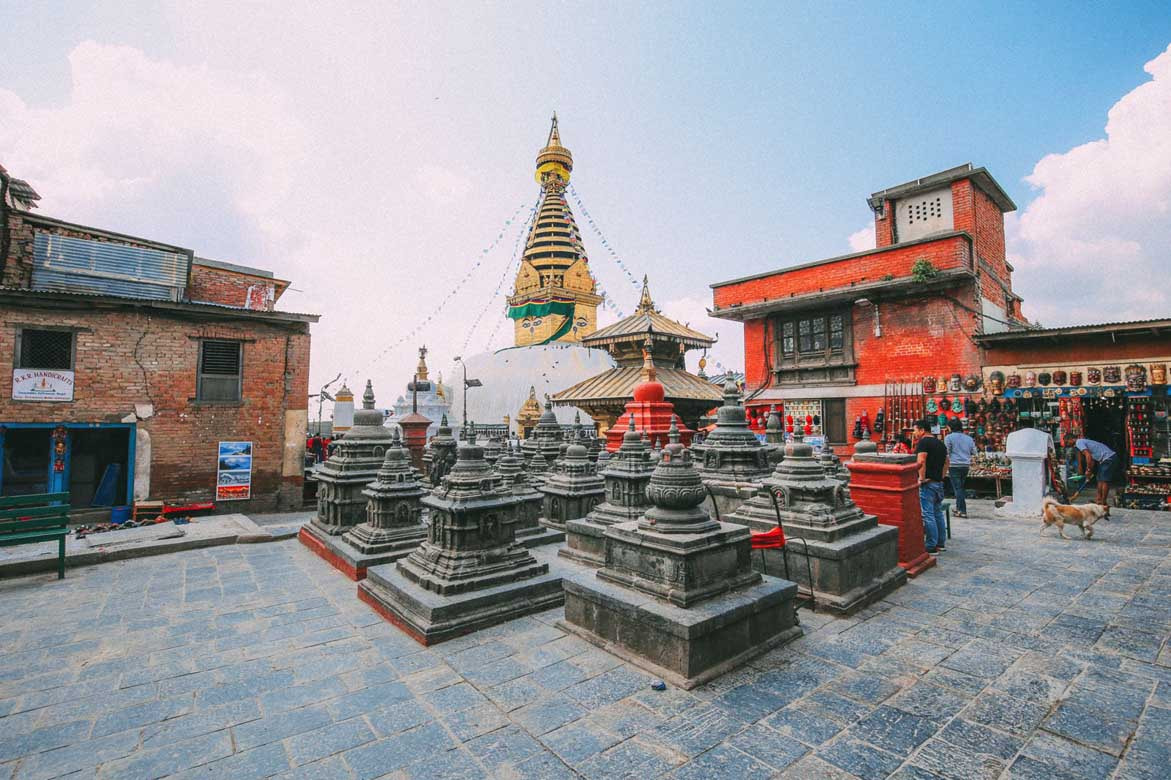
- Kathmandu
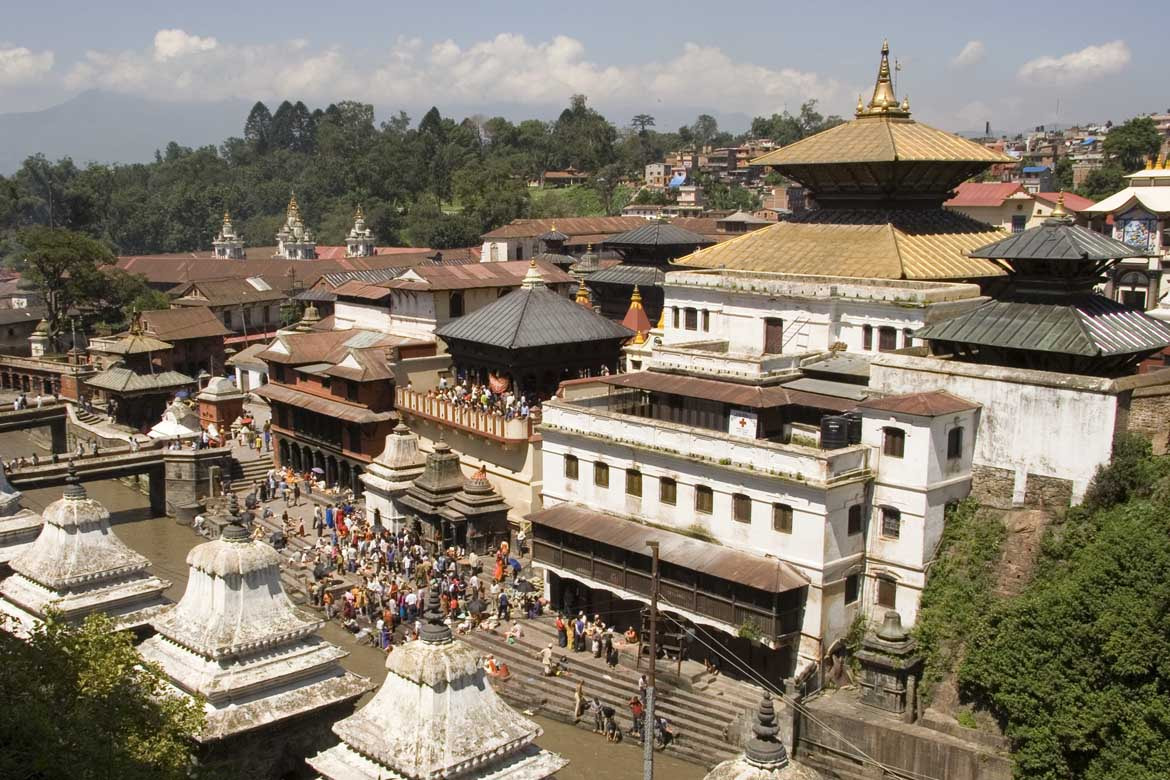
- Pokhara
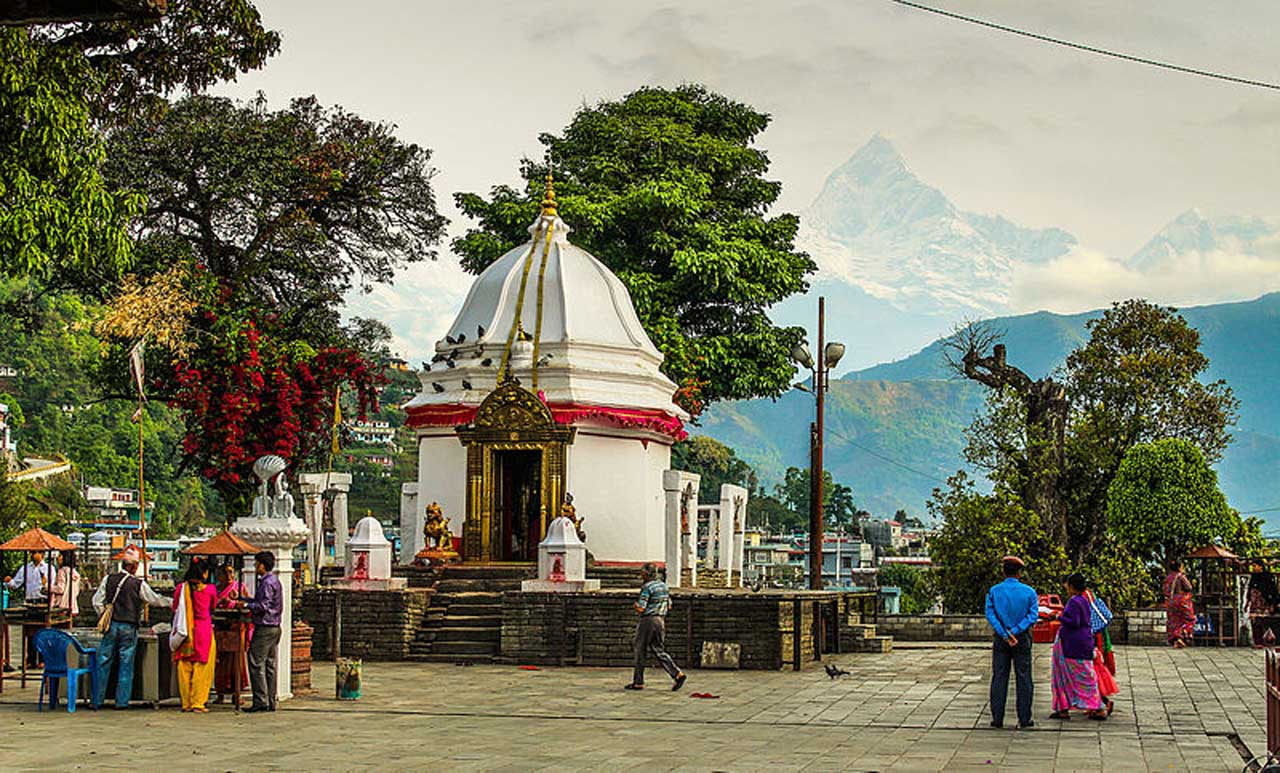
- Pokhara
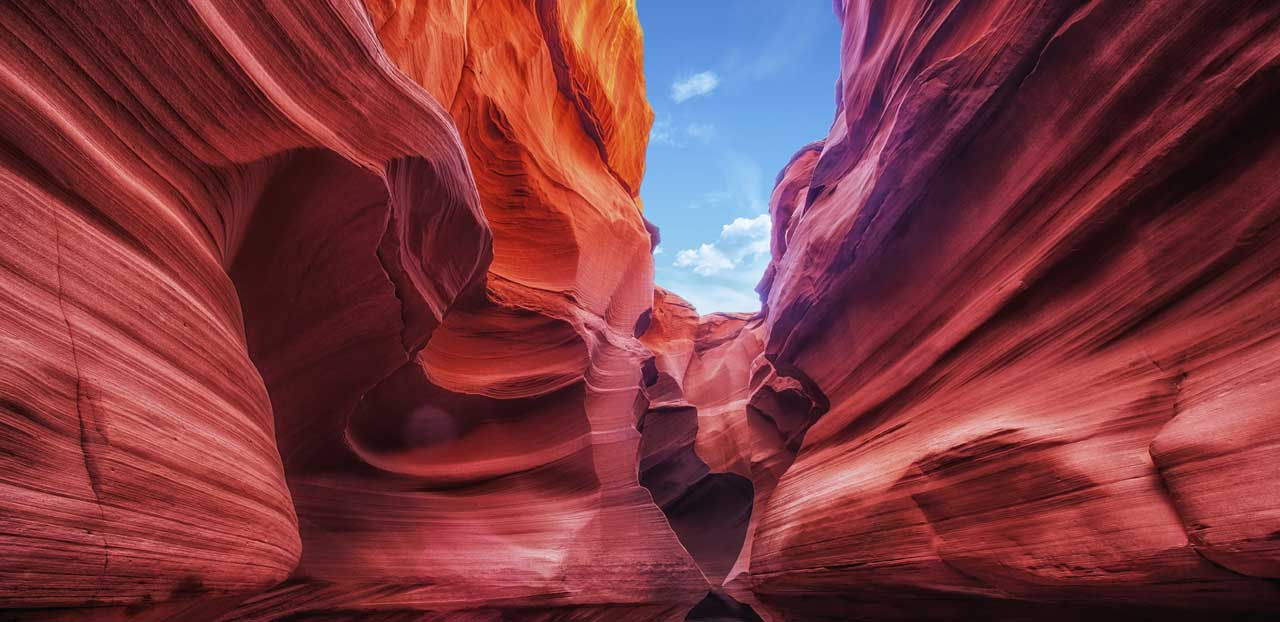
- Pokhara

- Kathmandu

